Dermacentor reticulatus: a vector on the rise
- PMID: 27251148
- PMCID: PMC4888597
- DOI: 10.1186/s13071-016-1599-x
Dermacentor reticulatus: a vector on the rise
Abstract
Dermacentor reticulatus is a hard tick species with extraordinary biological features. It has a high reproduction rate, a rapid developmental cycle, and is also able to overcome years of unfavourable conditions. Dermacentor reticulatus can survive under water for several months and is cold-hardy even compared to other tick species. It has a wide host range: over 60 different wild and domesticated hosts are known for the three active developmental stages. Its high adaptiveness gives an edge to this tick species as shown by new data on the emergence and establishment of D. reticulatus populations throughout Europe. The tick has been the research focus of a growing number of scientists, physicians and veterinarians. Within the Web of Science database, more than a fifth of the over 700 items published on this species between 1897 and 2015 appeared in the last three years (2013-2015). Here we attempt to synthesize current knowledge on the systematics, ecology, geographical distribution and recent spread of the species and to highlight the great spectrum of possible veterinary and public health threats it poses. Canine babesiosis caused by Babesia canis is a severe leading canine vector-borne disease in many endemic areas. Although less frequently than Ixodes ricinus, D. reticulatus adults bite humans and transmit several Rickettsia spp., Omsk haemorrhagic fever virus or Tick-borne encephalitis virus. We have not solely collected and reviewed the latest and fundamental scientific papers available in primary databases but also widened our scope to books, theses, conference papers and specialists colleagues' experience where needed. Besides the dominant literature available in English, we also tried to access scientific literature in German, Russian and eastern European languages as well. We hope to inspire future research projects that are necessary to understand the basic life-cycle and ecology of this vector in order to understand and prevent disease threats. We conclude that although great strides have been made in our knowledge of the eco-epidemiology of this species, several gaps still need to be filled with basic research, targeting possible reservoir and vector roles and the key factors resulting in the observed geographical spread of D. reticulatus.
Keywords: Asia; Babesia canis; Dermacentor reticulatus; Ecology; Epidemiology; Europe; Geographical distribution; Host associations; Omsk haemorrhagic fever virus; Spread.
Figures
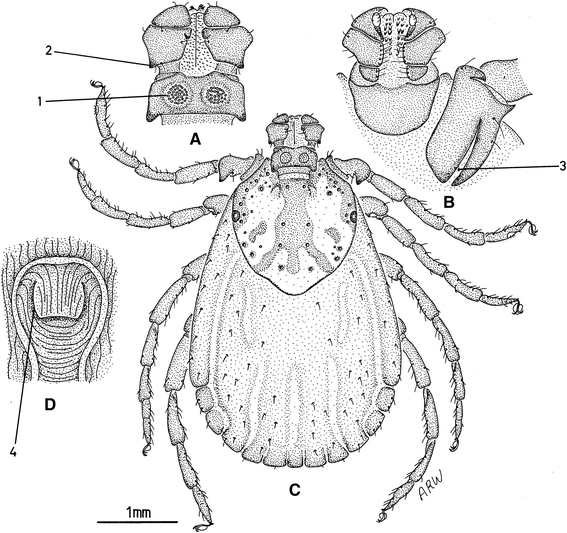
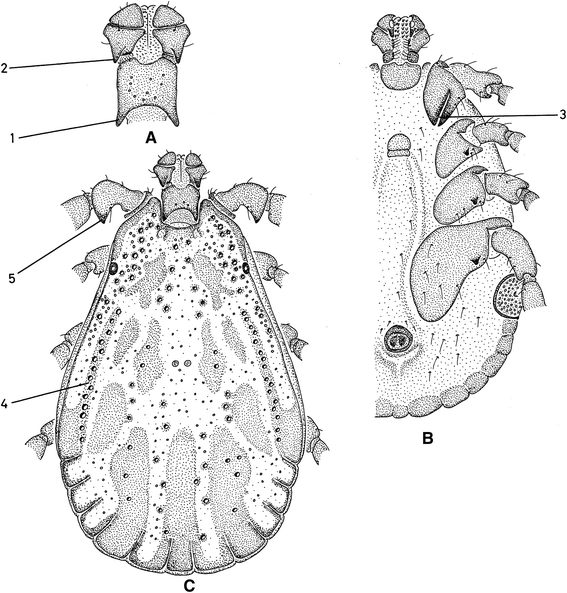
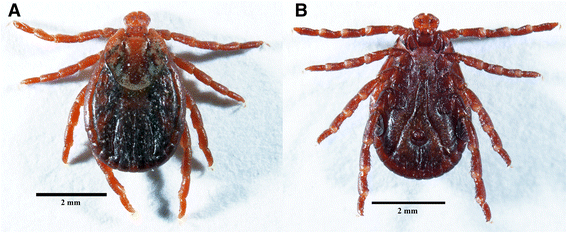
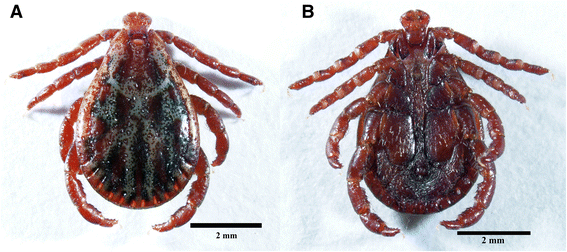
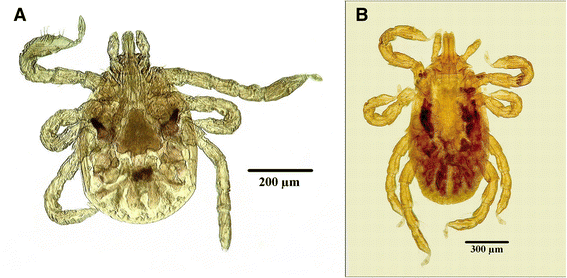
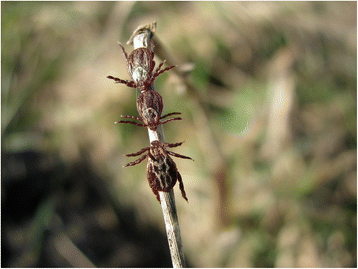
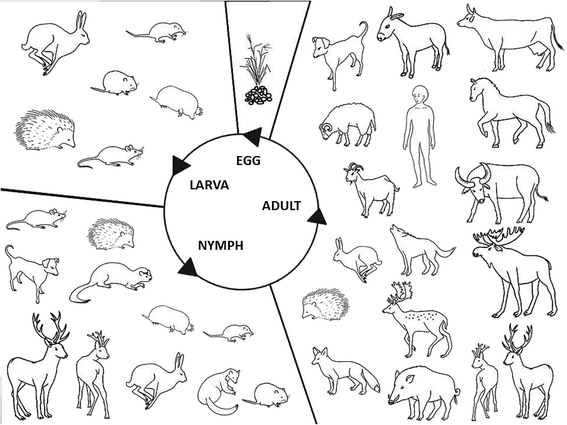
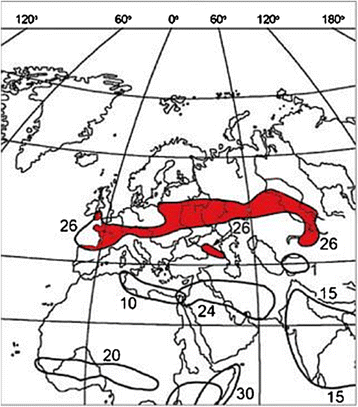
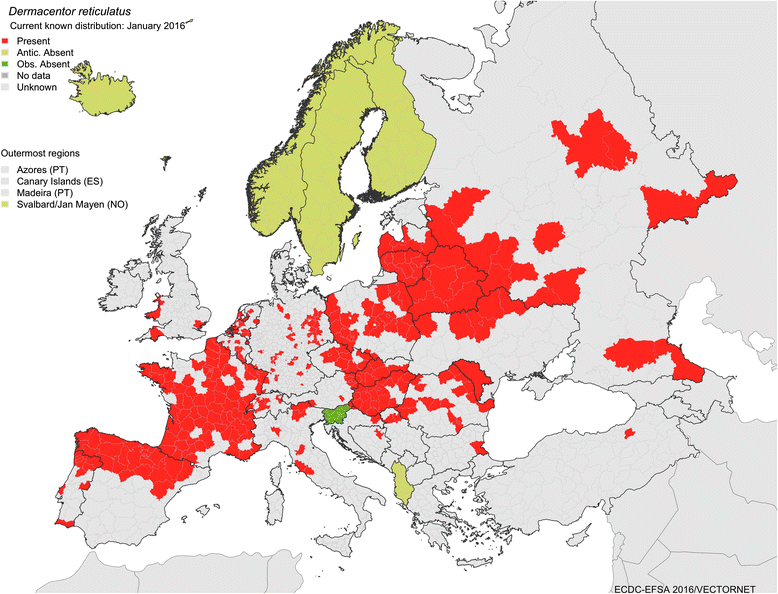
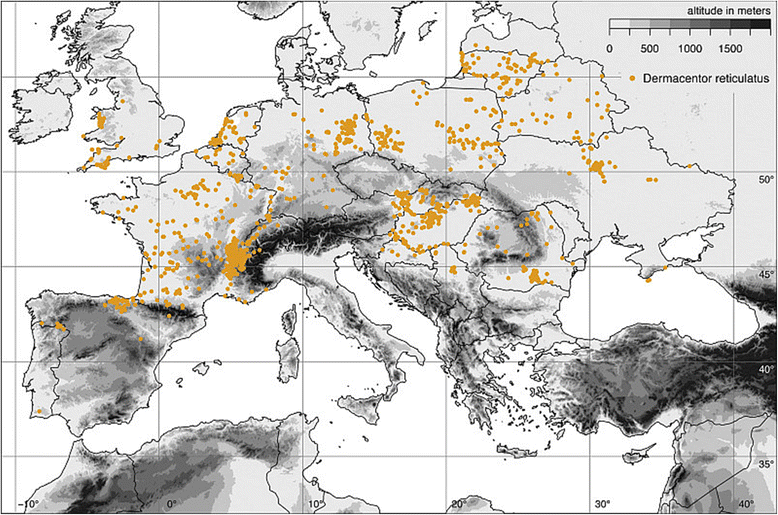
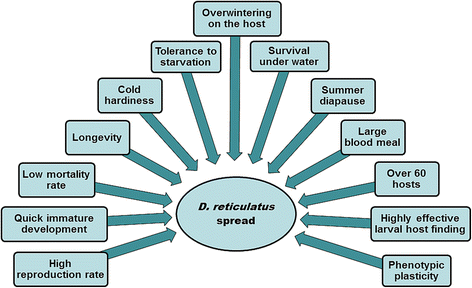
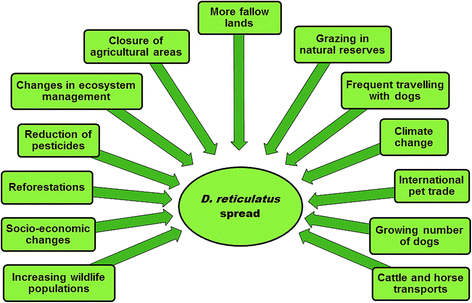
References
-
- Šimo L, Kocáková P, Sláviková M. Dermacentor reticulatus (Acari, Ixodidae) female feeding in laboratory. Biol Bratislava. 2004;59:655–660.
-
- Honzakova E. Analysis of some ecological factors influencing the development and survival of several tick species. Institute of Parasitology: Czech. Academy of Sciences; 1970.
-
- Olsuf’ev NG. On ecology of the meadow tick Dermacentor pictus Herm., origin of its foci, and ways of eradicating it in the middle of the European part of RSFSR. Vopr krayevoy, Obs Eksp Parazitol i meditsinskoy Zool (Problems Reg Gen Exp Parasitol Med Zool Moscow. 1953;8:49–98.
-
- Zahler M. Zur Ökologie von Dermacentor reticulatus (Fabricius, 1794) (Parasitiformes: Ixidida: Ixodidae) München: Diss. Med. Vet; 1994.
-
- Tharme AP. Ecological studies on the tick Dermacentor reticulatus. PhD Thesis, University of Whales; 1993.
Publication types
MeSH terms
LinkOut - more resources
Full Text Sources
Other Literature Sources
Medical
Miscellaneous

